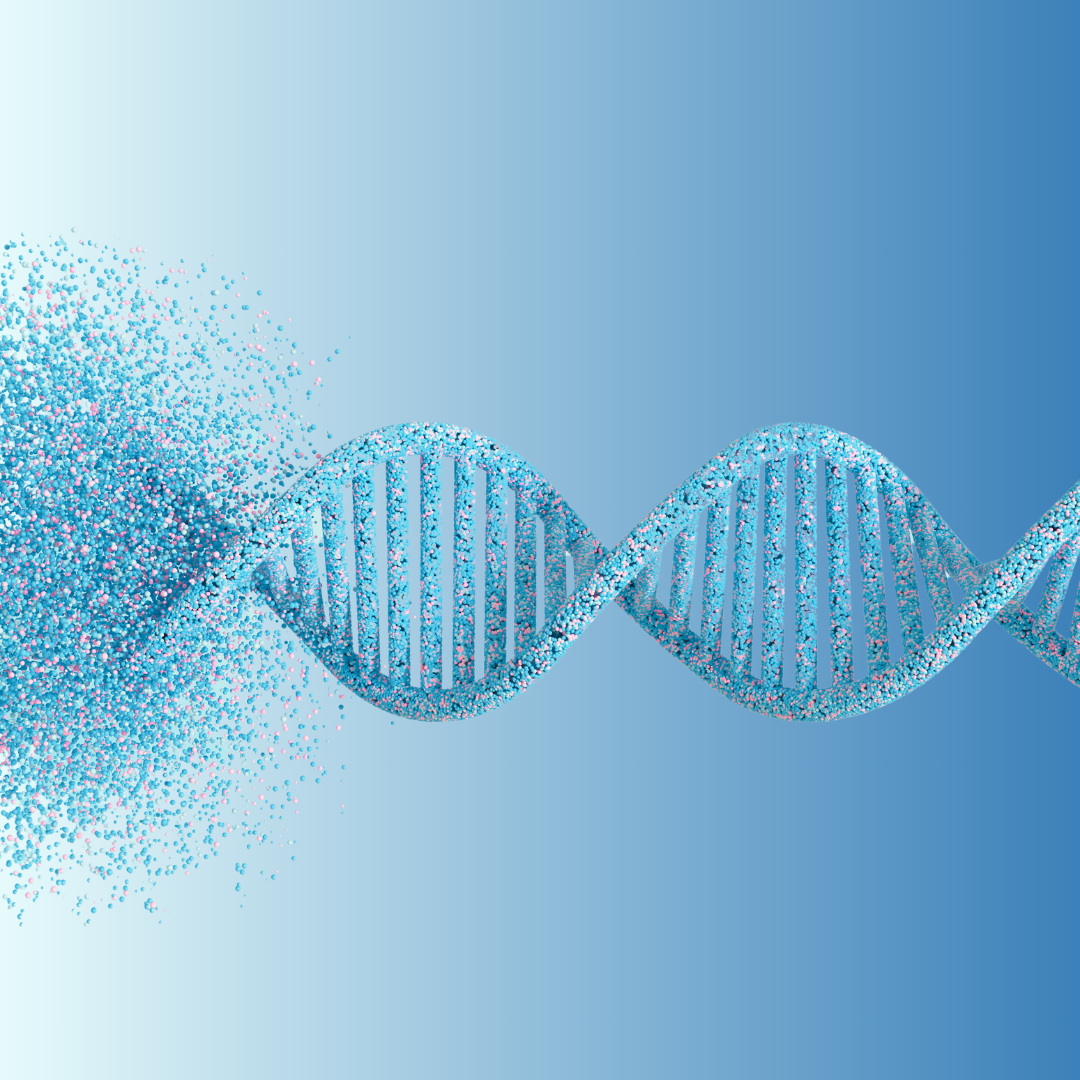Money and murder: the dark side of the Asilomar meeting on recombinant DNA
By Matthew Cobb,
Nature
| 02. 17. 2025
On 24 February 1975, some 150 people met at the Asilomar Conference Grounds near Monterey on the Californian coast. They were mostly scientists from the United States, together with representatives of various companies and government agencies, and 16 journalists. Their subject was the new technology of recombinant DNA — molecules created in a laboratory by stitching together genetic material from different organisms. Researchers were excited by the possibilities for discoveries, and the potential of the technique to produce drugs, for example using specially engineered bacteria to make insulin. But they were also terrified that they might inadvertently create diseases that could infect lab workers and the wider community.
By the end of the meeting, its participants had agreed to adopt biosafety protocols that are still in force in the United States, and which have hugely influenced similar regulations worldwide. The meeting has become known simply as Asilomar, a byword for how a scientific community came together to forge consensus on a thorny topic. It is often held up as an example of how science can self-regulate without the involvement of...
Related Articles
By staff, Japan Times | 12.04.2025
Japan plans to introduce a ban with penalties on implanting a genome-edited fertilized human egg into the womb of a human or another animal amid concerns over "designer babies."
A government expert panel broadly approved a proposal, including the ban...
By David Jensen, The California Stem Cell Report | 12.11.2025
California’s stem cell and gene therapy agency today approved spending $207 million more on training and education, sidestepping the possibility of using the cash to directly support revolutionary research that has been slashed and endangered by the Trump administration.
Directors...
By Tina Stevens, CounterPunch | 12.11.2025
Silicon Valley and other high tech billionaires are investing millions in start-ups dedicated to creating genetically engineered (GE) babies, according to a recent Wall Street Journal (WSJ) report. AI mogul Sam Altman, cryptocurrency entrepreneur Brian Armstrong, venture capitalist Peter...
By Jenny Lange, BioNews | 12.01.2025
A UK toddler with a rare genetic condition was the first person to receive a new gene therapy that appears to halt disease progression.
Oliver, now three years old, has Hunter syndrome, an inherited genetic disorder that leads to physical...




